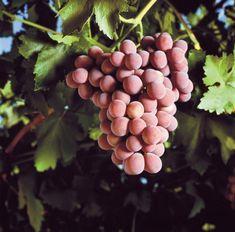
Chile's industry has talked sporadically about the development of an indigenous grape variety. “A grape exclusive to Chilean producers would really help our industry,” said Brown. “We have a big enough reputation now to introduce a new grape ñ we are no longer looked on as newcomers to the grape industry. I think within the next five years we might see a Chilean grape.”
Packaging is proving the main source of differentiation, but Brown would like to see more uniformity. “I would prefer that the major players in each market had harmonised packaging requirements. It would increase efficiency and cut costs significantly,” he said.
Brown's father introduced Red Globe to Chile. The license runs out next year, when the seeded variety will be free, and Brown believes there is potential to develop a market in the UK.
“People have to learn to eat grapes with seeds again,” he said. “They have become used to seedless varieties, but it is only one generation that has really been affected. There are signs that UK retailers are becoming more interested in Red Globe again and I think the market will grow. People will eat more seeded grape, more red grape and therefore more Red Globe.”
Brown expects to see a change in the take-up of Red Globe when the license expires, but is concerned with the direction licensed varieties are taking. “The policy of paying a proportion of production to grow a variety is changing the business,” he told freshinfo. “The buyer now has to be absolutely sure that the product he is buying is going to be a long-term success and that responsibility is full of risk. It could end up that you can only take that risk if you have heavy financial backing, which excludes the smaller producer from the process.”
Chile has talked at times about development of its own, indigenous grape variety. “A grape exclusive to Chilean producers would really help our industry,” said Brown. “We have a big enough reputation now to introduce a new grape ñ we are no longer looked on as newcomers to the grape industry. I think within the next five years we might see a Chilean grape."



